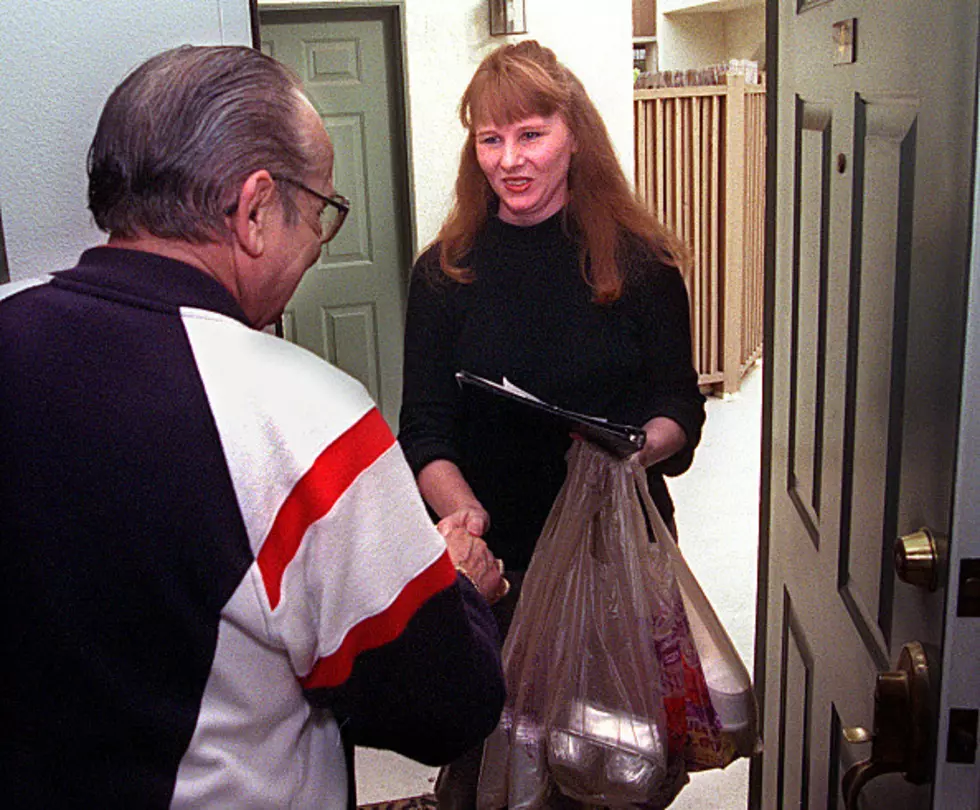
New AARP report examines family leave for caregivers
A new report from AARP argues for improving family leave for working caregivers, citing the growing population of older Americans, increasing numbers of family caregivers on the job, and escalating demands and stress on caregivers.
Keeping Up with the Times: Supporting Family Caregivers with Workplace Leave Policies points to three policy solutions to ease the burden on both caregivers and employers: unpaid family and medical leave, paid family and medical leave insurance, and earned sick time.
Lynn Feinberg, Senior Strategic Policy Advisor with the AARP Public Policy Institute and author of the report says the aging of the population, changing workforce demographics and increasing demands on family caregivers are colliding at the expense of working caregivers.
According to the report, close to three out of four women of prime caregiving age are in the workforce and seventy-four percent of adults with eldercare responsibilities have been in the workforce at some point in their caregiving. One in four retirees reports leaving the workforce earlier than planned to care for an ill spouse or other family member. One in five workers age 45 to 74 expects to take time off for caregiving in the next five years. In addition, because FMLA leave is unpaid, it is irrelevant to many low-income workers.
Policies to support better workplace benefits for families have traditionally limited their focus to an employee’s illness or to caring for children or other immediate relatives, the report notes. The Family and Medical Leave Act limits leave for caregiving for elderly relatives to parents or spouses, effectively excluding those caring for in-laws, grandparents, or aunts and uncles.
Keeping Up with the Times: Supporting Family Caregivers with Workplace Leave Policies recommends a series of approaches to improve options for caregivers, among them:
· Expanding relationships covered by the Family and Medical Leave Act,
· Adoption of policies at the state level that exceed current federal eligibility requirements for the FMLA,
· Optimizing worker productivity and retention at both the federal and state level by promoting access to paid family leave insurance.,
· Public awareness campaigns to educate workers about existing family leave policies,
· Employer implementation of family-friendly workplace policies, e.g., caregiver support programs in the workplace, referral to supportive services in the community and flexible workplace policies,
More From KGAB





![Tax Help is Available In Wyoming Starting This Weekend [AUDIO]](http://townsquare.media/site/99/files/2014/01/98452376.jpg?w=980&q=75)
![AARP Supports Enzi/Barrasso Bill [Audio]](http://townsquare.media/site/99/files/2013/05/164058611.jpg?w=980&q=75)


